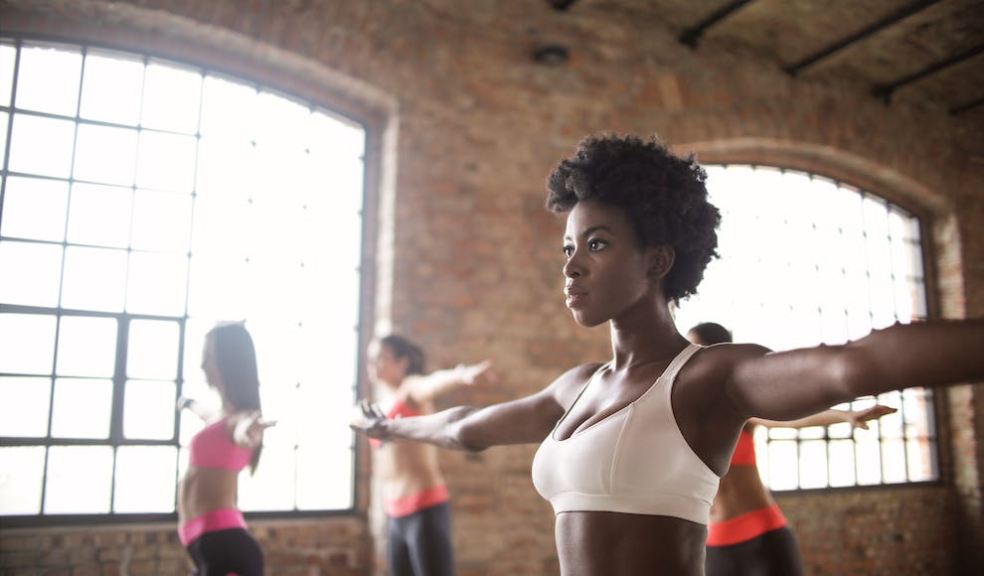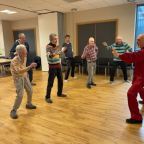
Can I Exercise with Implants? A Guide to Exercising Safely After Breast Augmentation Surgery
Breast augmentation, or a “boob job”, while a popular and transformative procedure, requires a significant recovery period. So, whilst it’s completely safe to exercise with breast implants, it's essential to understand how to care for your body properly and gradually reintroduce low-impact physical activity into your routine after having breast augmentation surgery. Exercise plays a crucial role in post-surgery recovery, enhancing circulation, reducing swelling, and minimising the risk of blood clots. However, certain exercises can put undue stress on the chest area. They should be avoided until full recovery as they could cause pain, discomfort, damage your stitches and delay healing.
Before reintroducing physical activity and exercise into your routine following breast surgery, it’s essential to understand the risks of exercising too soon after your procedure, at what stage in the recovery process it’s safe to begin exercising again, and the types of low-impact exercise that you can do post-surgery.
Risks of Exercising Too Soon After Breast Surgery
Exercising too soon or performing inappropriate exercises that cause you to strain your chest muscles after breast augmentation can lead to complications, such as:
- Increased swelling
- Pain and discomfort
- Bleeding because of torn stitches
- Displacement of the implants – overworking your chest muscles during exercise can result in your implants shifting, which can result in asymmetrical breasts, damaged implants, and the growth of additional scar tissue.
Therefore, waiting until your body is ready before starting physical activity is important.
When to Start Exercising After Breast Augmentation Surgery?
Light activity such as walking can be resumed within a few days after surgery. You can reintroduce low-impact exercise into your routine 4-6 weeks after breast augmentation recovery.
Let’s explore how you can progress from gentle movements to more intense workouts safely after breast augmentation surgery.
Phase 1: The First Week Post-Surgery
During this period, your focus should be on rest and recovery. It's important to avoid any strenuous activities that could strain your chest muscles and pull your stitches, causing pain and slowing down the healing process. However, light walking around your home is encouraged to promote blood circulation, prevent blood clots, and maintain overall health.
Phase 2: Weeks 2-4 Post-Surgery
After the first week, you can gradually introduce more activity into your routine. For example, start your days with a with gentle walk outside, gradually increasing the distance as your comfort allows. Listen to your body, and don't push yourself too hard. The post-breast surgery recovery period is different from person to person, and you must do what feels right for you.
Phase 3: 4-6 Weeks Post-Surgery
At this stage, it’s safe to begin incorporating low-impact cardio exercises like cycling on a stationary bike or using an elliptical machine. During this phase of recovery, high-impact activities like running or jumping should still be avoided, as they can cause bouncing and discomfort.
Phase 4: 6+ Weeks Post-Surgery
With your doctor's approval, you can start strength training. Begin with lower-body exercises before introducing light upper-body workouts. Avoid direct chest exercises like push-ups or chest presses, as these can put too much strain on your chest muscles, causing increased pain and discomfort.
What Types of Exercise to Avoid Following Breast Augmentation Surgery?
Along with understanding when it’s okay to begin exercising again following breast surgery, it’s also important that the type of exercise you do doesn’t cause pain, damage your implants, or impact or prolong your recovery period. Exercises that require you to use your chest muscles, are intensive, or result in significant movement of the breasts should be avoided until you have fully recovered from your surgery. These exercises include:
- Heavy Lifting
Lifting heavy objects, using kettlebells, and medicine balls, require movements that can strain your chest muscles, potentially damaging your surgical incisions and causing your implants to shift.
- High-Intensity Workouts
Intense cardio exercises such as running, and swimming should also be avoided in the weeks following surgery as they’re more likely to cause you to strain your chest muscles and damage your implants because of the breasts moving significantly.
- Bouncing/Jumping Exercises
Again, as this causes the breasts to move significantly, you’re more likely to negatively impact the shape of your breasts and experience pain and possible bleeding when doing exercise that involves bouncing/jumping. This could include certain exercise/fitness classes and skipping.
- Push-Ups & Pull-Ups
Causing excessive stress on the chest and arms muscles, push-ups and pull-ups should be avoided until you’re fully recovered from breast augmentation surgery to prevent damaging your stitches and slowing down the overall healing process.
What Types of Exercise Can I Do After Breast Augmentation Surgery?
Several types of exercise are safe to do following breast surgery. Low-impact exercise that doesn’t cause you to strain your chest muscles include:
- Walking
Low impact and important in maintaining overall health, walking is a safe exercise to do in the first two weeks following breast augmentation surgery. Starting slowly with gentle walks can also help improve circulation, reducing the risk of blood clots, and promoting healing.
- Yoga Poses
Yoga can be particularly beneficial for recovery, promoting flexibility and relaxation. Start with simple poses like the Mountain Pose or Child's Pose, avoiding any that put pressure on your chest or require extensive arm movements.
- Lower Body Exercises
Leg lifts, squats, and lunges can be incorporated into your routine after the initial recovery period. These exercises will help maintain your strength and fitness without stressing your chest area.
- Arm Stretches
Gentle arm stretches can help increase your range of motion and reduce stiffness. Avoid any stretches that cause pain or discomfort to your chest area.
Tips for How to Exercise After Breast Augmentation Surgery
When it comes to exercising again after breast surgery, along with ensuring you follow your surgeon’s aftercare guidance and allowing your body to heal, there are a few things you can keep in mind to prevent discomfort, pain, or injury:
Listen to Your Body: Stop immediately if you feel discomfort or pain during any exercise.
Consult Your Doctor: Before introducing any new exercises into your routine, always consult your doctor. And if you are still deciding when to begin exercising, ask your doctor for further guidance.
Stay Hydrated: As always, drink plenty of water before, during, and after workouts to keep your body hydrated and aid in recovery.
Warm Up and Cool Down: Always warm up before exercising and cool down afterwards to prepare your muscles and prevent injury.
Remember, every individual's recovery journey is unique. What works for one person might not work for another. Always prioritise your comfort and safety over progress in your workouts. Patience and consistency are key to a successful recovery and return to your regular fitness routine.













